McLaren will take posession of the site at 35 Lincoln’s Inn Fields next month to create a home for the Firoz Lalji Global Hub.
Designed by David Chipperfield Architects, the hub will be an exemplar in circular design and resource efficiency. It is expected to be the largest Passivhaus retrofit building in the UK.
Around 60% of the original building will be retained when the top three floors and roof plant enclosure are demolished and replaced by a lightweight cross-laminated timber extension, taking the building from 9,856 square metres to 11,848 square metres.
New educational facilities for the LSE will accommodate the Firoz Lalji Institute for Africa alongside additional space for the Department of Mathematics, Department of Statistics, Executive Education and Data Science Institute.
In collaboration with carbon consultant, Buro Happold, McLaren has identified practical strategies to reduce the embodied carbon footprint of the project. This includes re-evaluating material choices, omitting unnecessary components and integrating low-carbon alternatives wherever feasible.
Materials salvaged for reuse include parquet and timber flooring, brass inlays from wall panelling, various lighting fixtures, ceramic tiles and rainwater hoppers and both internal and external brickwork. The team has also secured materials from other nearby sites for use on the project.
The building’s external appearance will be refreshed with a lime-based, off-white wash brush applied to the brick, maintaining the textured finish of the masonry, whilst masking imperfections.
Julian Robinson, Director of Estates at the LSE said: “This transformative project represents a major milestone in LSE’s ongoing commitment to innovation, sustainability and academic excellence. It sets out to redefine standards in building reuse and sustainable development, targeting high accreditations alongside ambitious embodied and operational carbon targets.
“This facility will not only serve our academic community but also stand as an exemplar in sustainable design and construction across the sector. This is more than a building, it’s a bold statement about the future of education, architecture and environmental responsibility.”
McLaren Construction’s managing director for London & South, Darren Gill, added: “Retrofit techniques have advanced to the point where we can remodel 70-year-old buildings to create world-class spaces at the same time as minimising both the embodied carbon in a construction project and the future operational carbon emissions.
“With the new LSE Agora, McLaren will be responsible for creating a space that will become an iconic symbol of London’s open academic life around the world.”
The new building is scheduled for completion in 2027.





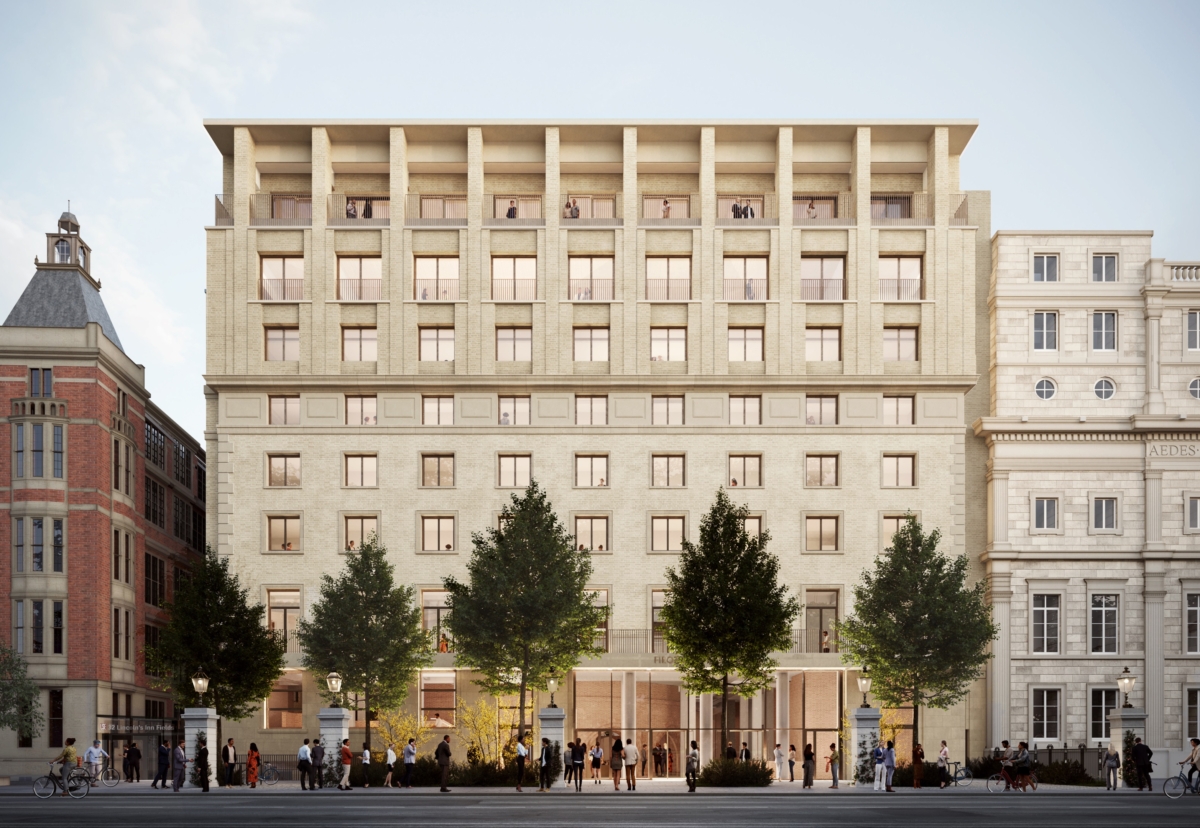








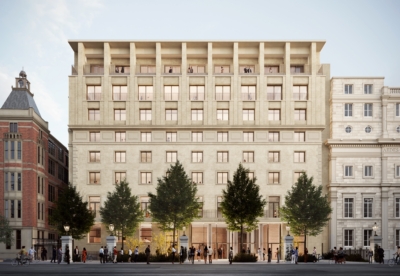


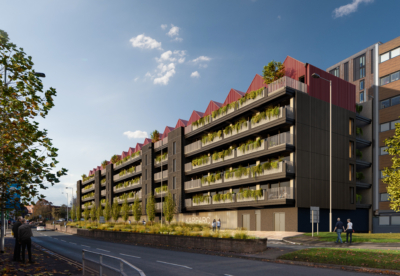





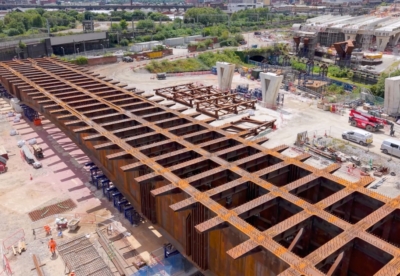





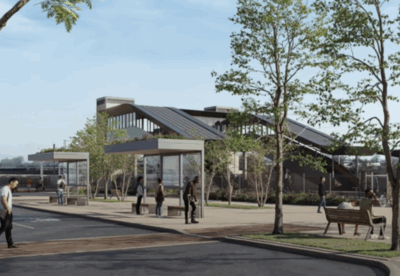

















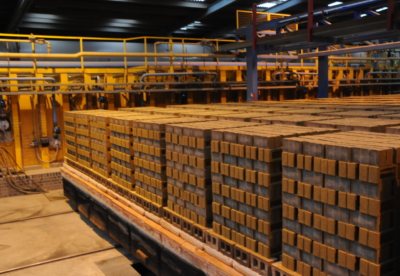






 (300 x 250 px) (2).png)